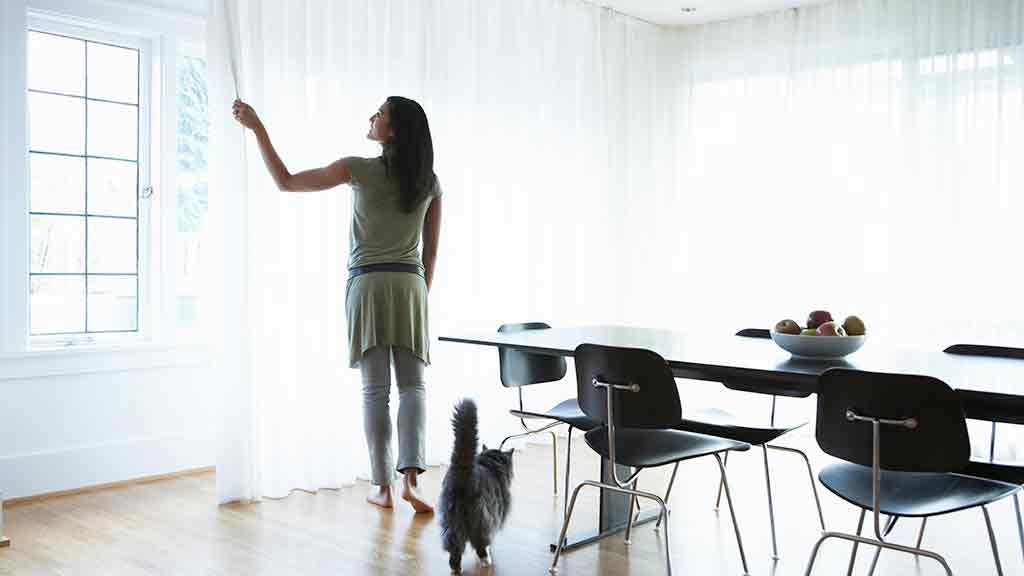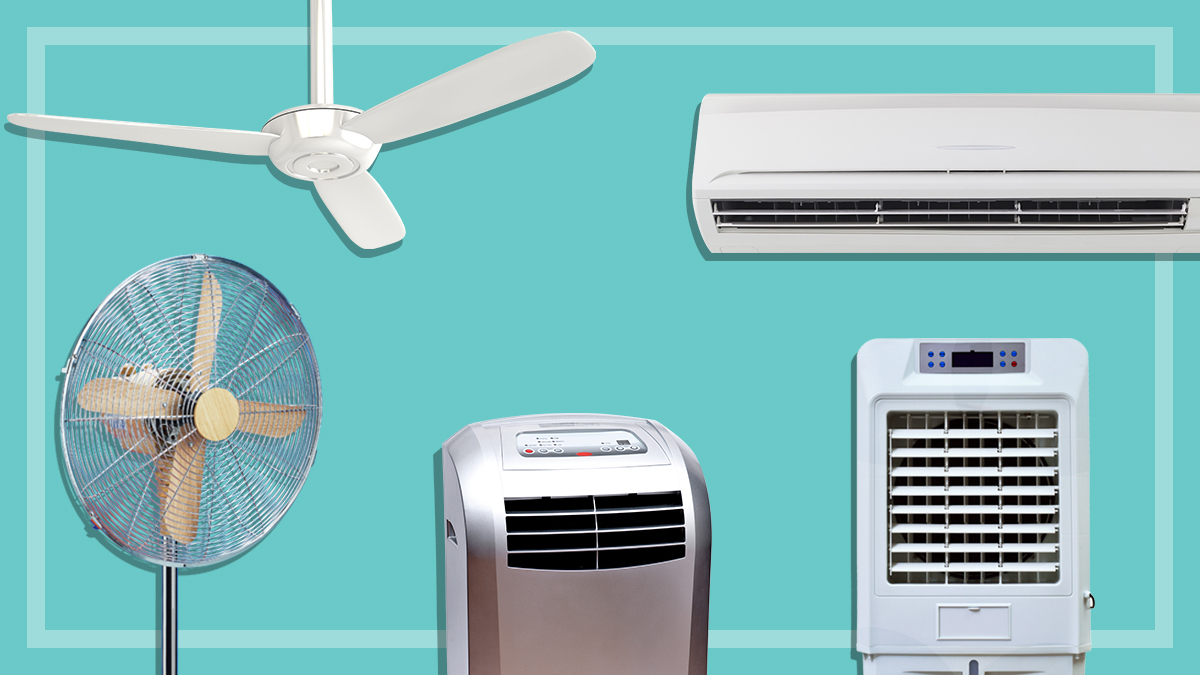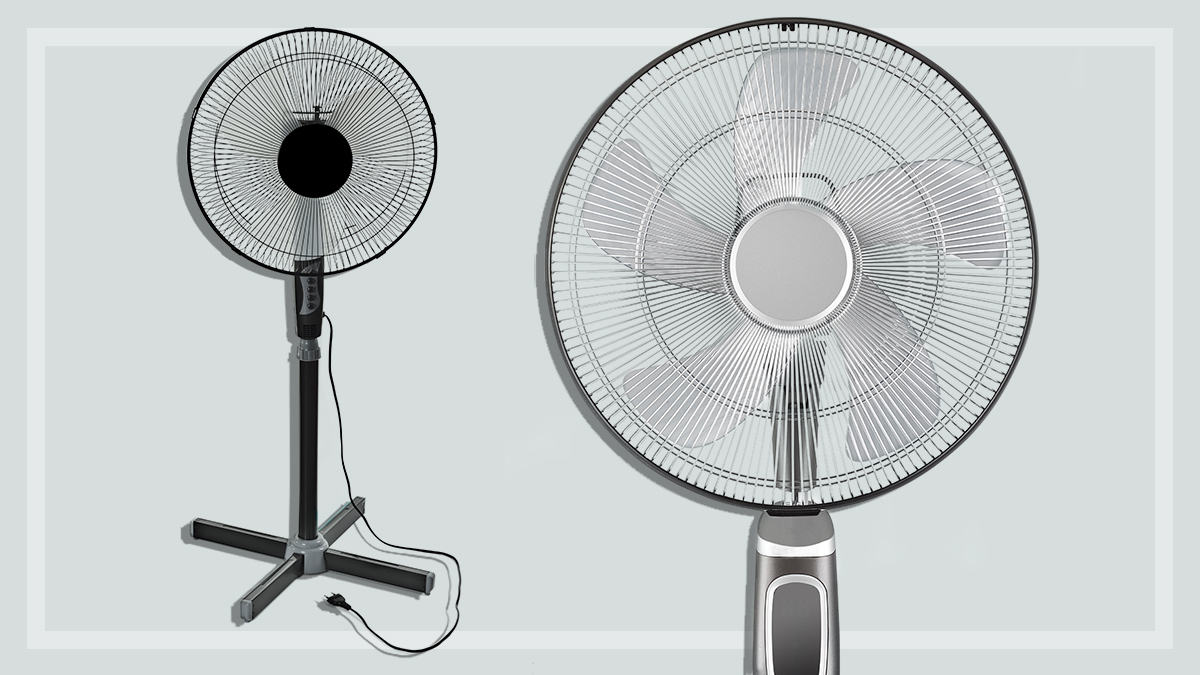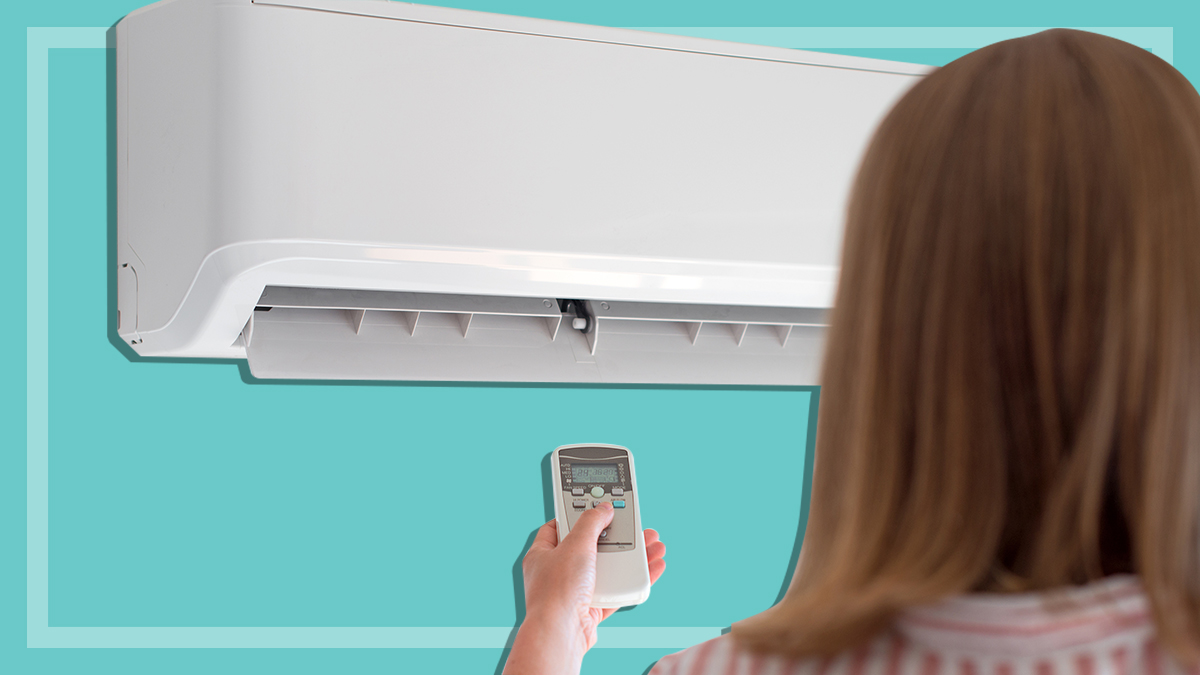Get our independent lab tests, expert reviews and honest advice.
Keeping your house cool naturally

With worldwide demand for energy on the rise, eco-friendly solutions are top of the pops when it comes to house design. Temperature regulation contributes a big chunk of an average home’s power bill, so it makes sense to look at power-free ways to cool your house.
Full of hot air
To save you taking a crash course in thermal physics, let’s just say that heat always tries to move from a warm spot to a cooler area. So when it comes to your home, heat sneaks in from outside in summer, while in winter it tries to escape.
Build it right
If you’re building or making big changes to a house, now’s the time to earn some planet-friendly brownie points. The mission here is to get your home working smarter, not harder. To create a passive energy home, look at:
- A house design that’s long and rectangular, with one of the longer sides facing north.
- A design that works with the sun’s different angles in winter and summer.
- Rooms placed in the right spots for different temperature needs at various times of year.
- Using brick walls and a concrete floor slab to even out the temperature of north-facing rooms in summer and store the sun’s energy in winter.
- A roof design with eaves at the right angle to shade windows more in summer and less in winter.
- Windows and doors aligned to let cooling breezes flow through the house in summer.
- Using the Window Energy Rating Scheme (WERS) to choose glass with high energy performance.
Insulate it tight
A house with snug insulation also makes a huge difference to your energy use. The good news is insulation can be installed on most buildings, whether you’re retrofitting an old home, or building a new one. To get it right:
- Have an expert install your insulation – for safety and efficiency reasons this is not a DIY job.
- Insulating the ceiling as the number one priority. Un-insulated ceilings add up to 35% more heat indoors.
- Make sure windows are well shaded. Ignore this and you’ll be sitting inside a giant oven over summer.
- Draught-proof your home. Close off unused pet doors and fireplaces and seal windows with insulation strips.
A shady spot
A well-shaded home can block up to 90% of the sun’s heat in warmer months. External shading from trees, bushes, eaves, awnings or shutters is more efficient than internal blinds and curtains. For best results, you’ll need both.
- Shade all east, north and west-facing windows in summer, especially if your house is well insulated.
- North-facing windows need shade in summer, but in winter make sure they let in extra sun.
- Plant deciduous trees – their canopy provides shade in summer, while leaf loss lets sun through in winter.
- Install adjustable artificial shading using eaves, pergolas, blinds and shutters.
- Shade east and west-facing windows with vertical blinds or shutters. Eaves or pergolas won’t block out the low morning and afternoon sun.
Easy breezy ventilation
Fans and air conditioners create an artificial breeze, but the right house design will take advantage of natural airflow to cool down. If you’re working with an older home:
- Keep doors and windows shut during the day when it’s really hot.
- Open up the house when the outside temperature is lower than the inside.
- Plant trees and bushes to help channel breezes towards the house.
For more info on green house design visit Your Home, a federal government sustainability portal.





